The rapid progress of automotive electronics has entered an era of using electronic technology to achieve high-end functions. At the same time, it is increasingly important to consider the electromagnetic environment during the design phase. All processes of the automotive industry and development need to be implemented in a system that is fully aware of EMC (Electro-magnetic Compatibility). In other words, the "EMC Design Framework" is already an indispensable mechanism.
This mechanism includes the technologies and systems required for productization such as design technology, EMC countermeasures, system development, and communication. If these can be properly organized according to the actual situation of the production line, then you can flexibly respond to changes in people's demand for cars.
Here, the author will use the experience of car navigation system (car navigation system) design first line, from the perspective of automotive component manufacturers, introduce the thinking method of the vehicle equipment EMC, and part of the design process.
Electromagnetic radiation intensity increases with the high performance of car navigation systems
First, the multi-function and high-speed of the car navigation system will be introduced. As we all know, the starting point of the car navigation system is navigation, and then it is connected to the outside of the car through communication means such as DSRC (Dedicated Short Range Communications), television, mobile network and the like. Nowadays, car navigation systems are no longer a simple guiding tool, but have developed into a two-way communication device that can exchange various contents with various suppliers. In order to provide drivers with a safe, secure, convenient and comfortable driving environment, the car navigation system is shifting to the HMI (Human Machine InteRFace) center of the connection and machinery (here, the car) (Fig. 1).
This article refers to the address: http://
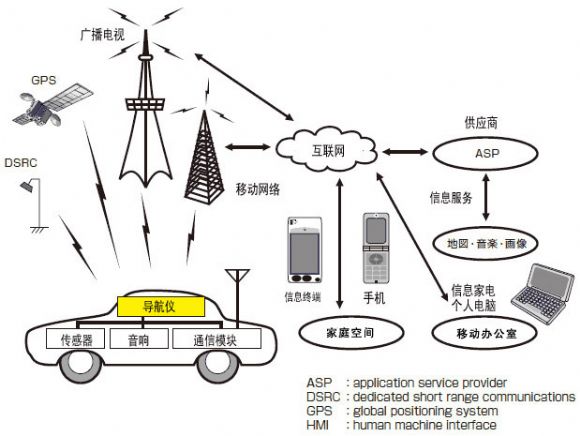
Figure 1: The automotive multimedia global navigator has evolved from a “directing†device to an HMI that provides “intimate service†and “pleasure mood†to the driver.
In the future, the multimedia of car navigation systems will continue to develop, and the functions of “safety and peace of mind†and “convenience and comfort†mentioned above will be added simultaneously (Fig. 2). Therefore, EMC-related technologies will become increasingly important. For example, when the car navigation device can be linked with various instruments in the vehicle to help prevent collision, the car navigation device itself as a sensor requires high reliability. At this time, the degree of immunity (resistance to electromagnetic noise) becomes a problem. Moreover, with the expansion of the network inside and outside the vehicle, EMC technology that prevents mutual interference with external instruments is becoming more and more important. In the integration of car navigation systems such as voice recognition and parking assistance, and the integration of audio and video entertainment functions, it is an unavoidable issue to consider the emission problem of electromagnetic noise.
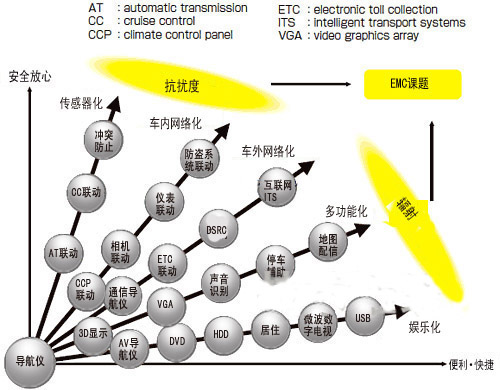
Figure 2: The multimediaization of the car navigation system adds functionality while taking into account both "intimate service" and "pleasure mood". EMC has become an important issue.
Radiation from CPU and memory increases
Here, let's review the history of car navigation systems. In 1987, as a car navigation device introduced as an electronic map display device, the function of searching for the destination route and the way of guiding was first realized in 1990, and then, by 1995, the voice was realized. Then, after entering 2000, the multimedia technology linked with various network services has been developed.
In order to achieve the above advancement, the performance of the car navigation system has been steadily improved. Taking the path search time as an example, in 2007, compared with 1990, the time was shortened to less than 1/10. The position error (accuracy) achieves a high accuracy of 1/6 or less (Fig. 3).
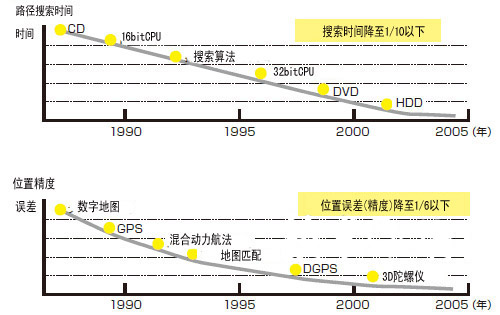
Figure 3: The performance change graph achieves a large-scale high-speed and high-precision process in the transition from a navigator to a voice navigator and a multimedia navigator.
Its driving force is undoubtedly the progress of the CPU (that is, the large-scale computer system and the speed of the clock). The CPU clock and memory bus clock frequency of the car navigation system have recently increased rapidly (Figure 4). The CPU clock frequency is approaching the upper limit. In the future, improving performance may depend on the multi-CPU process of configuring multiple CPUs in one LSI. On the other hand, the memory bus of DRAM is still improving performance without increasing the bit width. Therefore, the rise of the clock frequency is unstoppable.
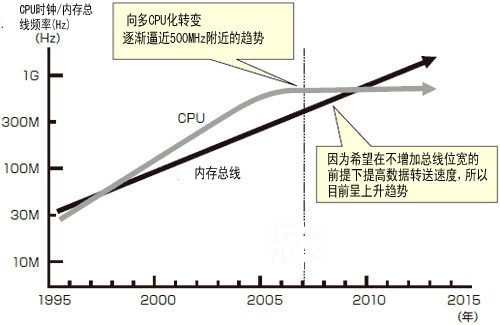
Figure 4: High-speed trend of CPU/DRAM for car navigation systems. Prediction of radiant energy tends to be important
An increase in chip area and clock frequency tends to result in an increase in radiated electromagnetic noise. Therefore, predictive management of the radiation from these sources will gradually become an important link. For the core of the car navigation system (Navi-Core), as shown in Figure 5 (a), the CPU and bus are the main sources of radiation. It is known from experience that the radiant energy index Pc directly from the CPU is proportional to the square of the working voltage, the operating frequency, and the chip area. The product of these values ​​is applied to the predictive management as the “radiation energy index†(Fig. 5(b) 1). The radiant energy index Pm of the memory bus is also proportional to the square of the operating voltage, the operating frequency, and the memory bus width.
Note 1) The electromagnetic noise from the CPU mainly has the following two sources: (1) radiation from the clock line and signal line, and (2) radiation from the drive circuit through current. The author believes that (2) is dominant. The driving circuit is generally composed of a totem pole structure of two transistors, and a current flows through the upper and lower transistors at the edge portion of the clock. The radiation of the through current is generated when the overcurrent enters an impedance that is infinitely close to zero, which is much larger than (1) the radiation when the charging and discharging current flows through the clock line and the signal line wiring. Therefore, it can be considered that the radiation is also (2) larger.
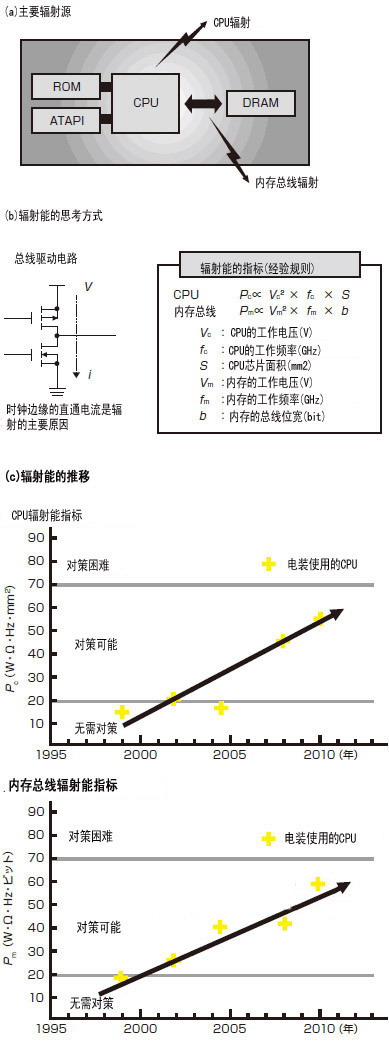
Figure 5: CPU/memory bus radiant energy of the car navigation system
Common Mode Coil For Automotive Product,Magntic Inductor Coil,Emi Common Mode Choke,Hemi Coil Pack Conversion
IHUA INDUSTRIES CO.,LTD. , https://www.ihua-coil.com